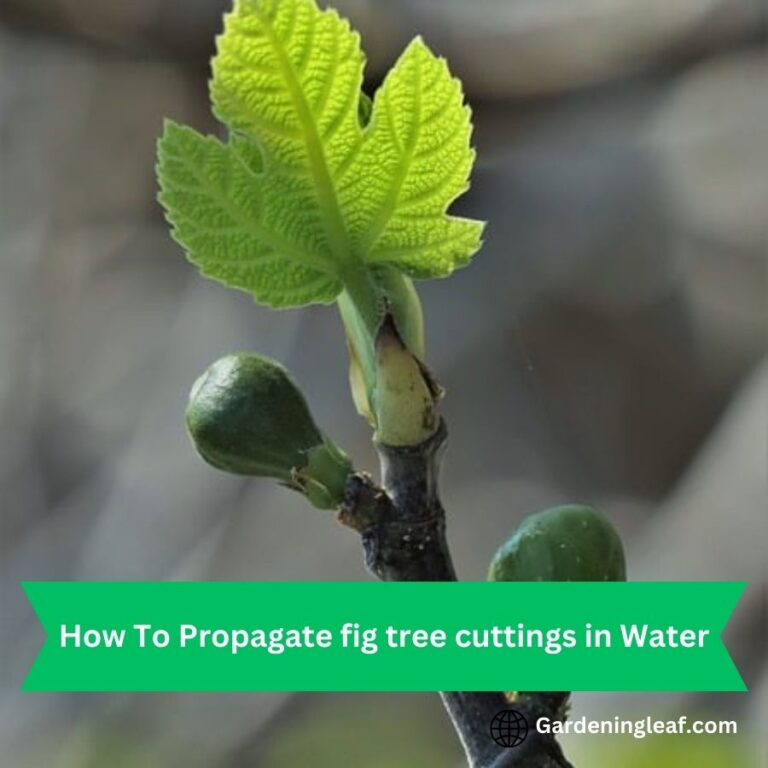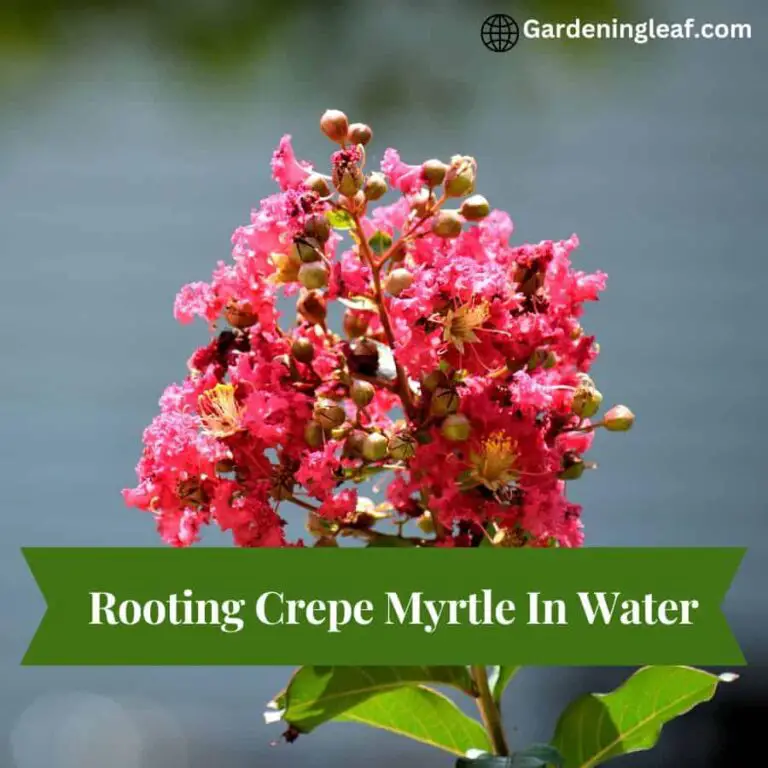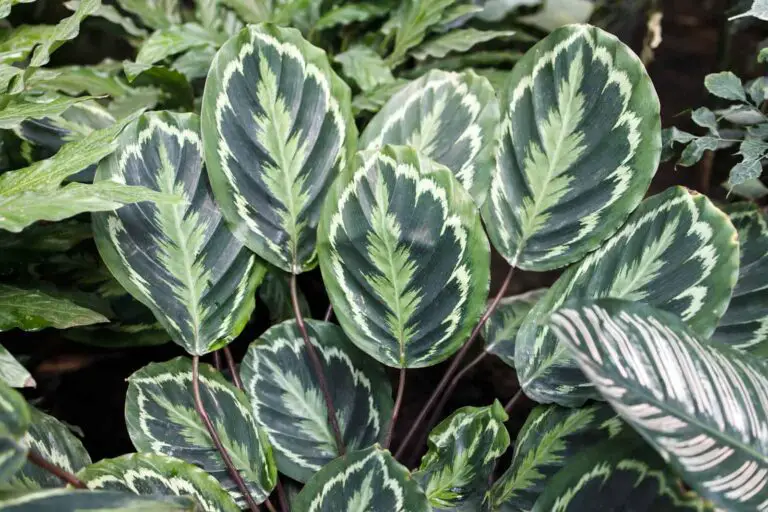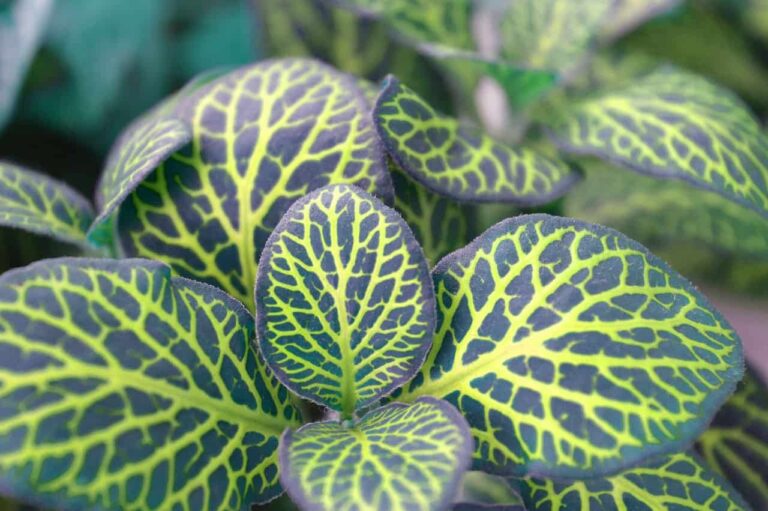How To Propagate an Elephant Ear Plant : A Step-by-Step Guide
Elephant ear plants are popular for their large, tropical leaves that add a touch of exotic beauty to any indoor or outdoor garden. Propagating an elephant ear plant is a simple and cost-effective way to increase your collection or share it with friends and family. The process involves separating offsets or using stem or leaf cuttings to create new plants. Whether you’re a seasoned gardener or a beginner, propagating an elephant ear plant is a fun and rewarding experience.
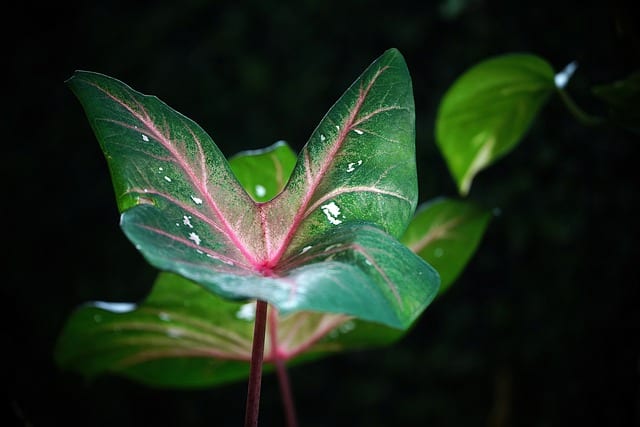
budSo, Are you curious about growing elephant ear plants? We’ll guide you on How to Propagate an Elephant Ear Plant, as well as some growing tips for the best results. So whether you’re a beginner or an experienced gardener, read about propagating elephant ears!
What is an elephant ear plant?
The elephant ear plant (Colocasia or taro) is a type of succulent that needs little water and can survive in dry environments. They are popular as houseplants because they require very few nutrients, are relatively low-maintenance, and often produce attractive flowers. Elephant ears grow up to 18 inches tall and 12 inches wide.
Read More :- How to Propagate Fiddle Leaf Fig Tree – The Easiest Method
How to Propagate an Elephant Ear Plant
It is not difficult to propagate elephant ear plants, but it does take some planning and effort. Below I try to give you step-by-step information on How to Propagate an Elephant Ear Plant.
- Look for elephant ear tubers with bright green leaves and roots already growing out of them. Avoid plants with wilting or brown leaves, yellowing foliage, or drooping branches. Trim off any damaged or dead roots before planting the tuber in the soil. Make sure the tubers have at least one new root bud or sprout. So they can potentially survive without the parent plant.
- Cut the tuber from the parent plant with a sharp knife and separate it from its roots.
- They like moist soil that never dries out, especially in summer, but they don’t like waterlogging at the base, so when you’re putting it in a pot, make sure your select large pot that has well-draining so water can’t deposit. That is why Elephant Ear Plant will grow on the pond’s edge 2-4 feet above water level.
- Prepare a potting soil mixture rich in organic material that helps to hold moisture when combined with peat moss and perlite. Use crumbly, well drainage, with a pH of 5.5 to 6.5 when preparing your potting mix.
- When planting a bulb, dig a hole and ensure the end still attached to the bulb is below the topsoil line. Carefully push it in and backfill it with soil so that the soil level at ground level and where the base of the plant will be are even.
- Water gently to settle them into the soil. Do not over-water; allow water to drain from the tubers through their roots rather than holding onto water in excess. Fertilize once per month during the growing season with a half-strength plant food such as fertilizer diluted with water – do not use any kind of fertilizer that contains nitrogen.
- Put the plant where it will get at least 5 to 6 hours of sunlight.
- Water carefully and fertilizer as required. Keep an eye on the elephant ear plant to make sure it is receiving enough water, fertilizer, and sunlight.
- Approximately 2-5 weeks after planting, a small plant outgrowth should appear in the pot.
Read More :- How to Propagate Ruby Necklace Plants | The Easy Way
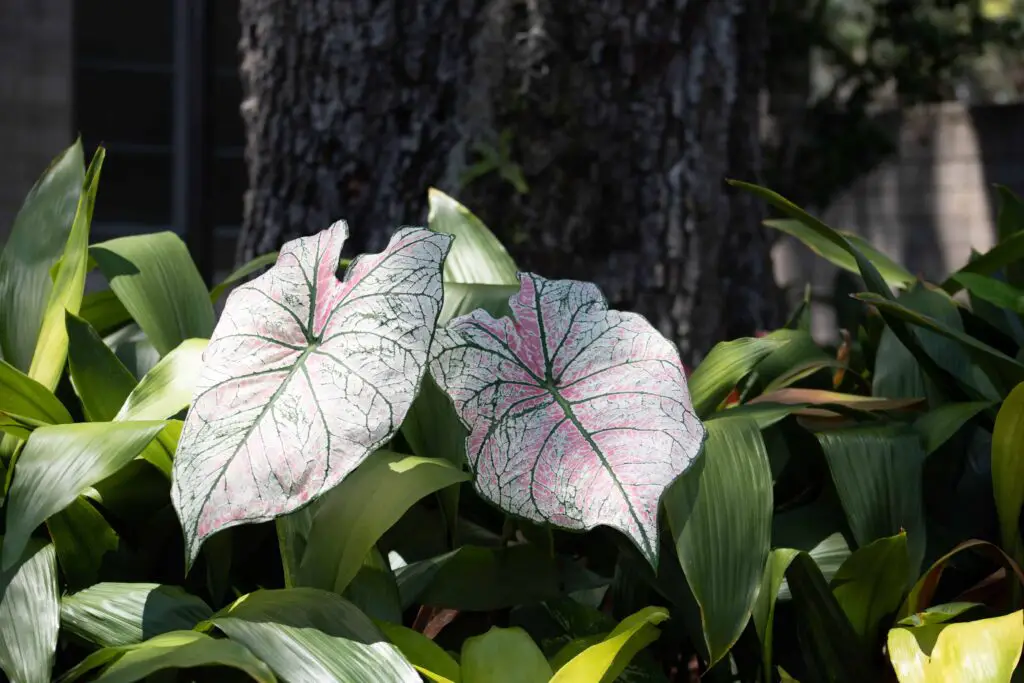
Growing tips for elephant ear plant
Elephant ear plants are a popular houseplant that can be difficult to care for. Here are some tips on how to grow elephant ears successfully:
- Keep the plant well-watered, but don’t overwater it. Roots rot and other problems can result from too much water.
- Give the plant plenty of sunlight. This will help keep the leaves green.
- Fertilize regularly with an organic fertilizer diluted according to label instructions.
- When new growth emerges in late winter/early spring, prune off any unwanted sprouting. Elephant ears are a fantastic addition to any garden for adding a different feeling to your garden.
- These plants can be quickly grown in large pot , and their dramatic foliage will dazzle anyone who sees it.
- However, be aware that these plants cannot tolerate temperatures below 50 degrees Fahrenheit – so keep them warm during the colder months!
Read More :- How to Propagate Peperomia Hope – A Complete Guide for Beginners
Frequently Asked Questions
Best time to Propagate Elephant Ears?
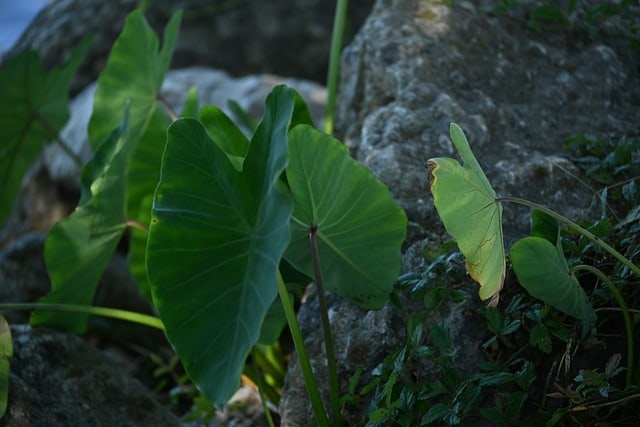
Elephant Ears can be propagated in the spring or fall, but the best time for you will depend on your climate and growing conditions. In general, propagation is easier during warmer months and when there is no frost.
Can you grow an elephant ear plant from a stem?
No! Elephant ear plants can’t be grown from a stem. These succulent plants are typically propagated by taking bulbs or seedlings from the mother plant.
How long will it take to grow a new elephant ear plant after I have cut off one of my old ones?
It takes about 2-8 weeks for your elephant ear plant to rebound and grow new leaves.
Do I have to use particular soil for propagating elephant ears?
When preparing a soil mix for your plants, it is essential to use a mix rich in organic material and well draining soil mix. A mix of peat and perlite will help to hold moisture in the soil and provide nutrients for your plants. If mixing your soil, use a loam with a pH of 5.5 to 6.5. If you do this, your plants will get the nutrients they need to grow.
Do elephant ear plants like direct sunlight or indirect light?
Elephant Ears prefer moderate to full sun light and grow in various conditions. With nutritious soil and humidity, they prefer high temperatures. if you live in a high-temperature area, The partial shade conditions will help reduce your bulbs’ stress and prolong their lives.
Can you propagate elephant ears in water?
No, you can’t propagate elephant ears in water. They love to grow on the edge of about 6” of standing water.
Can elephant ear plants be grown indoors?
No, elephant ear plants are not typically grown indoors in the U.S. However, they can be cultivated in containers and then moved outside once they reach a size safe for the outdoor landscape.
Read More :- Best Soil for Chinese Money Plant – What Kind Do You Need?
Conclusion
If you follow the above information, you now know. How to Propagate an Elephant Ear Plant. This large leaves tropical plant will quickly grow, filling your space with colour and life. Your new plants will flourish with the proper care and will please you for many years.
Plant elephant ears in wet, well-drained soil to grow them. Additionally, they will require routine watering, particularly during the hot summer months. To keep your elephant ears looking their best, fertilize them frequently. Make careful to check on them from time to time, and if they seem dry, give them a good watering.
Source : https://www.gardeningknowhow.com/ornamental/bulbs/elephant-ear/growing-elephant-ears-indoors.htm

